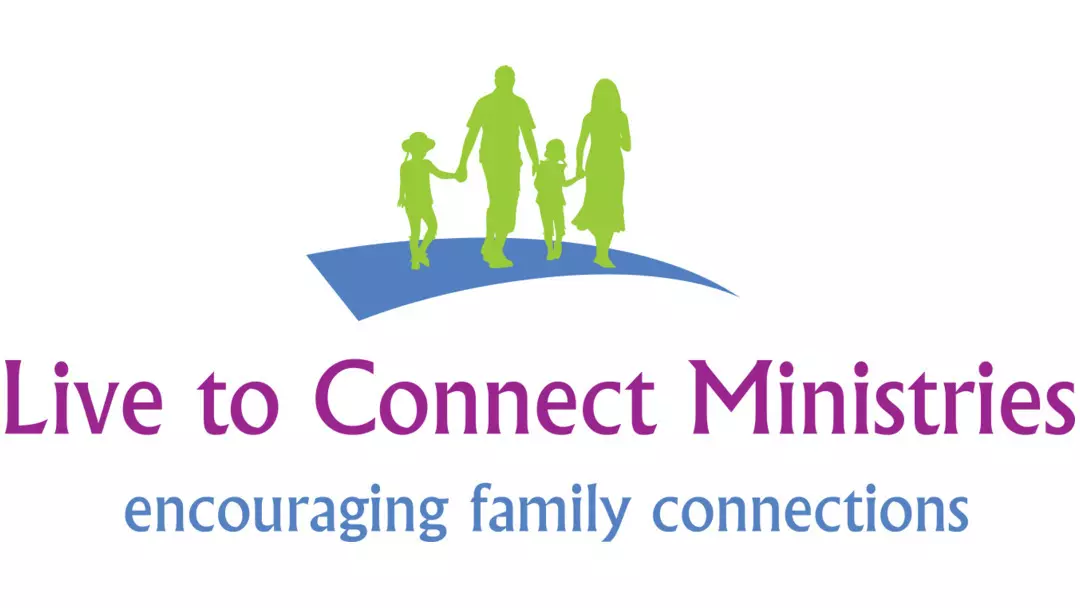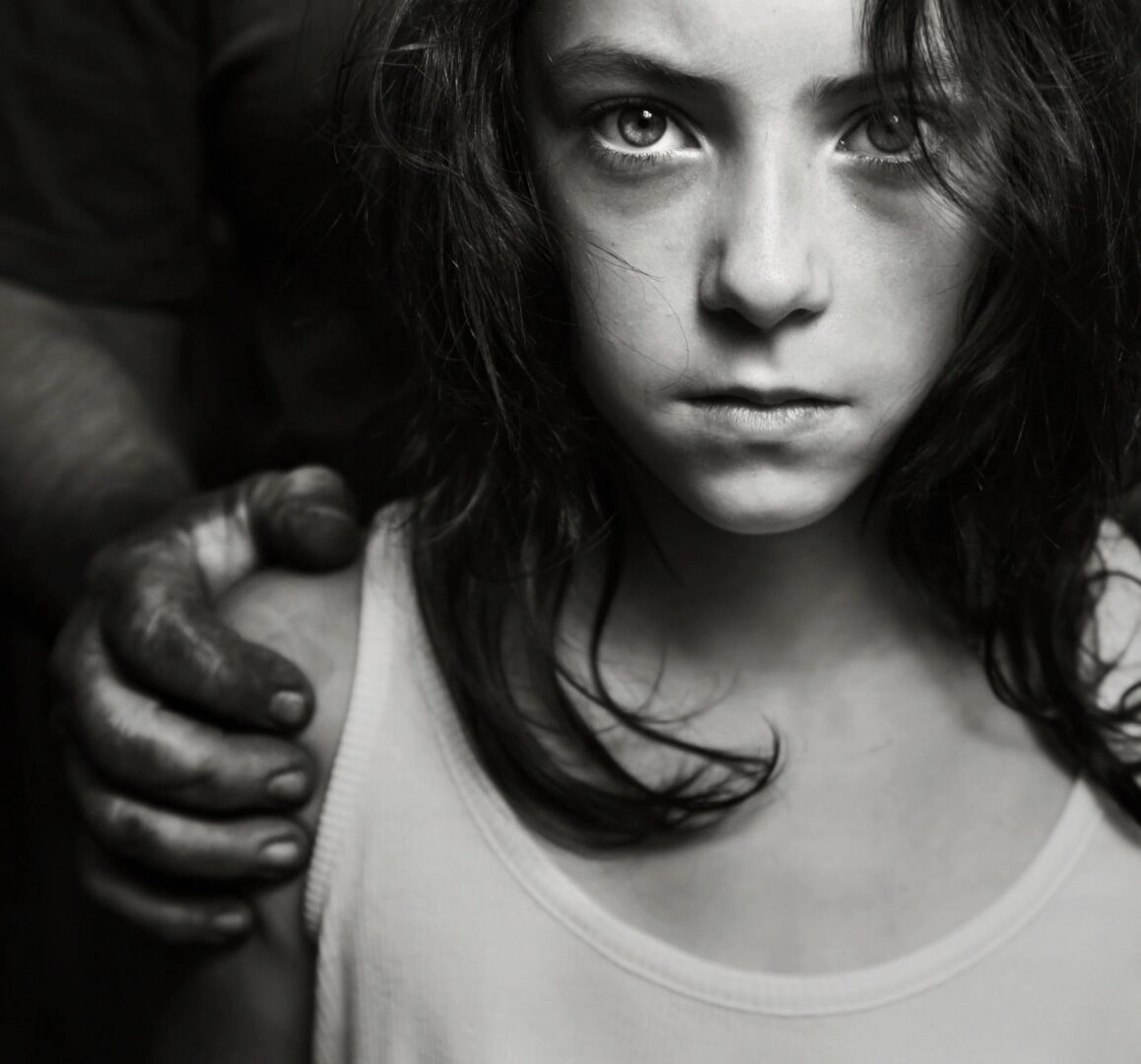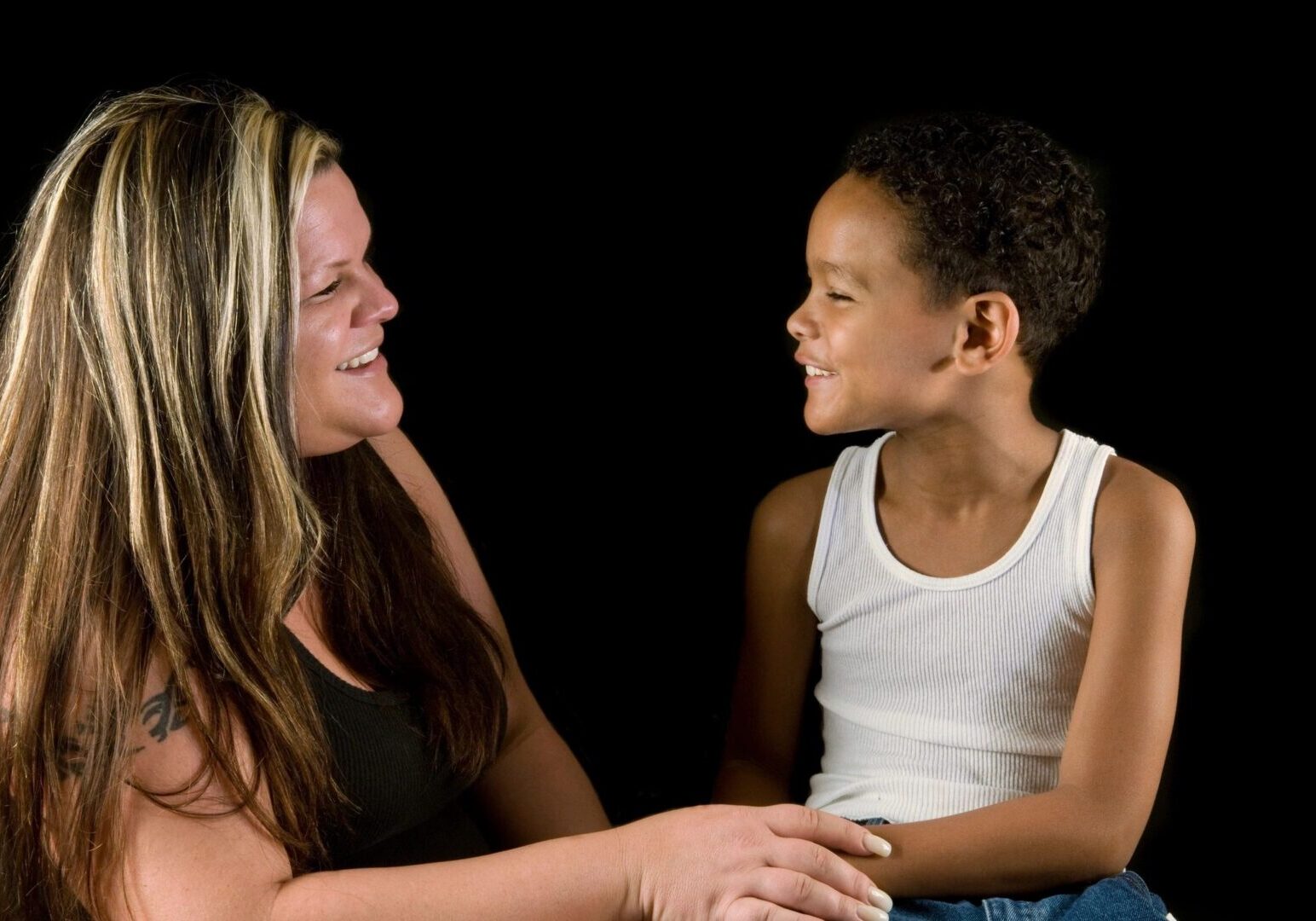REACTIVE ATTACHMENT DISORDER(DEVELOPMENTAL TRAUMA DISORDER)
What is it?
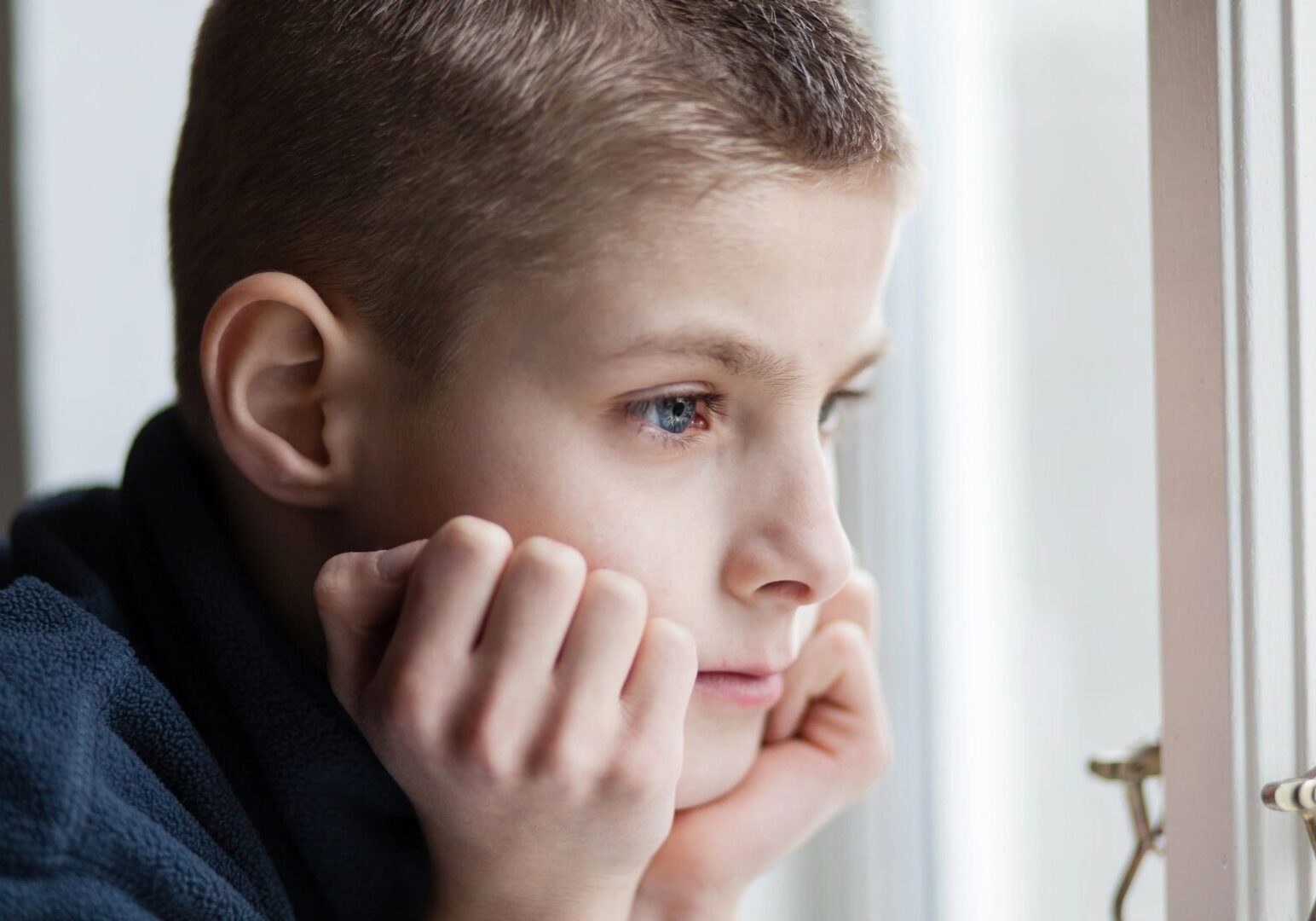
“Our kids are crying out for a relational connection.” – Josh McDowell, The Disconnected Generation
Many children and teens have a disconnect between them and their parents. Sometimes it seems as though this is just a part of growing up. But often it’s a sign of more serious problems. Children of all ages should be able to communicate freely with their parents without fear of retribution, judgement, condemnation, or abuse. Likewise, parents should be able to communicate with their children to show love, interest, guidance, and appropriate discipline without being shunned or disrespected.
It’s about building relationships that matter-- relationships of acceptance, mutual respect, and love. For families whose children have a history of trauma or separation, this is a difficult goal, since their children are not always psychologically capable of having such relationships.
These children often have difficulties making attachments with people due to Developmental Trauma Disorder, also known as Reactive Attachment Disorder. While not every child or teen with behavioral problems falls into this category, those who do need an extraordinary amount of understanding and help. And so do their parents.
Section 313.89 of The Diagnostic and Statistical Manual of Mental Disorders, 5th Edition (DSM-5) states: “Reactive attachment disorder of infancy or early childhood is characterized by a pattern of markedly disturbed and developmentally inappropriate attachment behaviors, in which a child rarely or minimally turns preferentially to an attachment figure for comfort, support, protection, and nurturance.” Basically, Reactive Attachment Disorder (RAD) is the inability of a child to form meaningful attachments with people. A RAD child is not capable of bonding with, completely trusting, or truly loving another person. Physically, there are connections in the brain that are responsible for humans being able to bond. In a RAD child, these connections have never formed. However, it has been proven by brain scans that a child who undergoes attachment therapy and whose parents practice therapeutic parenting techniques can eventually heal and his brain can form those connections over time, enabling the child to develop healthy human attachments and live a “normal” life. But in many cases where this disorder is not treated and the child’s brain does not heal, the child will never bond with his parents, he will not be able to form meaningful attachments as an adult, and his family will never truly be at peace.
As with any disorder, there are varying degrees of severity in children diagnosed with Reactive Attachment Disorder. If not treated, the children with milder cases merely have difficulty with relationships as they grow older. But those with more severe cases can develop into sociopaths and psychopaths. They never develop a conscience, and because they are unable to bond with people, they do not find value in human life. And, of course, there are many variances in between. What’s scary about being a parent of a RAD child is that you don’t know which path your child will take if left untreated. So, the answer? Get help and get it now!
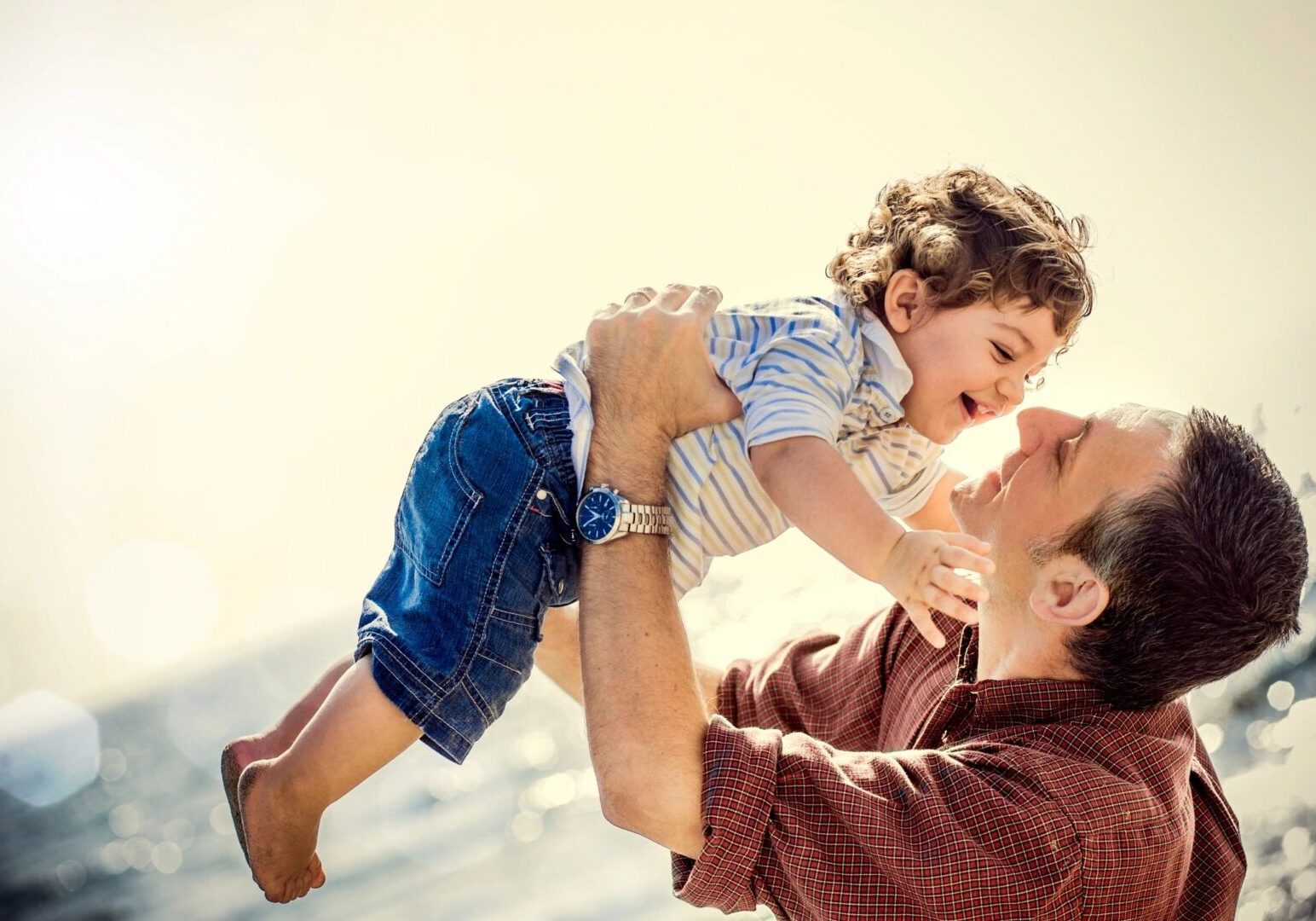
In healthy child development, there is a process of a child’s needs being met that teach him that he can trust his primary caregiver to meet those needs.
The cycle is as follows:
This needs-response cycle repeats multiple times daily, thousands of times over time as the child is developing, teaching him that he can trust his parents (or primary caregiver) to meet his needs. If an infant or young child is frequently denied his needs and nobody consistently comes to his aid, he learns that he cannot trust anyone to meet his needs and, therefore, can only trust himself. At this point, his brain begins developing without the ability to trust with or bond with people. Gregory C. Keck and Regina M. Kupecky discuss this in their book, Adopting the Hurt Child: Hope for Families with Special-Needs Kids. They state, “Failure to complete and repeat the bonding cycle leads to serious problems in the formation of the child’s personality, which, in most cases, will have lifelong implications.” This is what causes Reactive Attachment Disorder, also referred to as Developmental Trauma Disorder, due to the trauma incurred by the child’s needs not being met appropriately.

So, is there hope for a child with Reactive Attachment Disorder? Absolutely!
No matter how old the child is, he can be helped and he can be healed. But it won’t be easy. Through attachment therapy and therapeutic parenting, a child can learn to trust others. He can learn to bond. He can learn to love. His brain can heal.
We at Live to Connect Ministries are not professionals in this area of expertise, but we are sharing advice from our experience and training as RAD parents. Please take that into consideration as you continue reading this article. And be encouraged. We have witnessed the healing of a RAD child first-hand, and it was an amazing journey in which we were fortunate enough to take part. You, too, can begin this journey of healing with your child and we would like to walk along with you as you do so.
Therapeutic Parenting is an approach to parenting in which the parents' words and actions are therapeutic to the child and aid in the child's healing process.
There is much involved in the process of therapeutic parenting which you can learn from professionals or by studying any number of helpful books, several of which are listed on our RESOURCES page. But there are three things that will make a huge difference in your child from the start: your attitude about your child, eye contact between you and your child, and positive affirmations from you to your child.
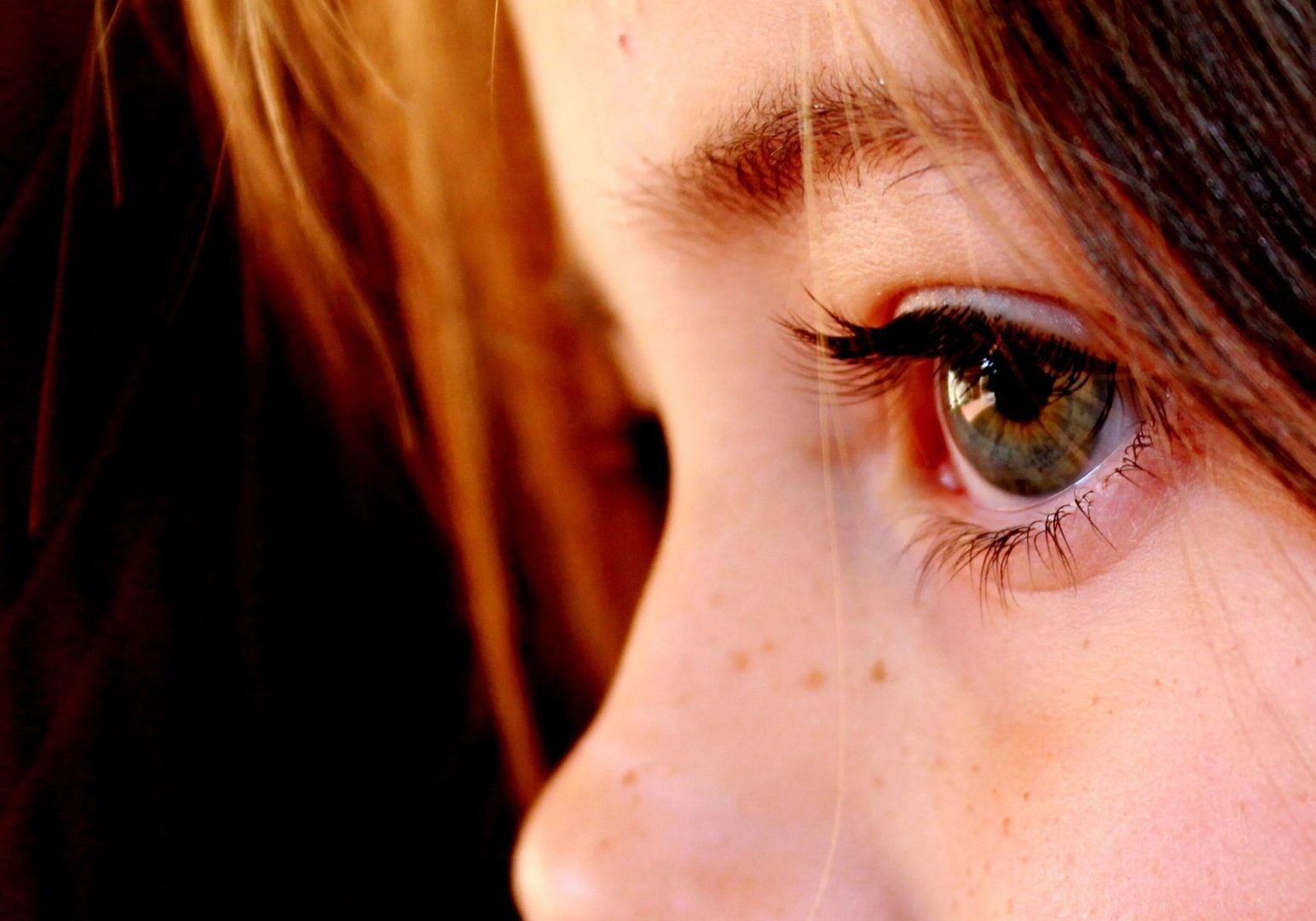
First, your attitude probably needs adjusting, which is quite common for frustrated parents of RAD children.
It is so tempting to see your child as a trouble-maker, a bad kid, an impossible person to love. But every time you begin feeling that way, remember the example of the injured puppy. Your child isn’t bad. Your child is hurt. Your child isn’t impossible. Your child is injured. Your child isn’t evil. Your child is a blessing and needs your help.
Second, eye contact is critical in the bonding process.
Most RAD children are not able to make consistent eye contact because that is the beginning of a connection with another person. And connecting with people, bonding with people, is extremely frightening to a RAD child. Try catching glimpses of your child’s eyes whenever you can. Make a game of it. Look at your child and playfully remind him to look at your eyes by saying, “Eye contact! Eye contact!” until he looks at you. Smile and praise him every time he successfully makes eye contact with you. Encourage him to make eye contact with every member of the family anytime he talks to any of them. For that matter, encourage your entire family to improve on making eye contact when communicating. This is a good habit for all of us, but it is extremely important to a RAD child because it initiates the bonding process.
Third, let your child continually know how much he means to you.
Get his attention, look him in the eyes, and tell him how much you love him. Tell him how special he is to you. Better yet, ask him, “Do you know you’re special?” And encourage him to respond with “yes.” Ask him, “Do you know I love you?” Again, encourage him to respond with “yes.” Then affirm him again by saying, “Good! Because you are very special. And I love you very much!” This should become a daily practice in your home – with all of your children, but especially with your RAD child. The repetition of these affirmations as well as his acknowledged responses will train his brain to learn that he is special, that he is loved, and that it’s okay to love and trust someone.
